In this article, you’ll learn What is Steel? Its Definition, Characteristics, and Properties of Steel are all explained with pictures.
Also, you can download the PDF file at the end of this article.
What is Steel?
In contrast to other forms of iron, steel is made of iron mixed with carbon to improve its strength and fracture resistance. In addition, many other elements may be present or added. As a base metal for steel, iron plays a very important role.
The strength and low cost of steel make it an excellent material for building, infrastructure, tools, ships, trains, cars, machines, electrical appliances, weapons, and rockets. Steel production began in bloomery furnaces thousands of years ago, but its industrial use began with the introduction of the blast furnace in the 17th century, which made crucible steel.
Steel’s mechanical properties determine whether it lasts long and efficiently in the most abrasive and wear-intensive applications or fails frequently or catastrophically. There are many types of steel, and each type has unique properties that affect its performance.
When selecting the right abrasion-resistant steel grade, understanding these properties is crucial. So let’s get started.
Read Also: Definitions and Terms Applicable to Mechanical Measurements
Characteristics of Steel
Following are the important characteristics of steel:
- Machineability
- Weldability
- Hardenability
- Workability (Bending or Forming)
- Wear resistance
- Corrosion resistance
#1 Machineability
In the case of cutting or removing material for unique designs, the machinability property of the steel should play a role in material selection. Machinability depends on many factors, such as when the material hardens, it will reduce tool life and increase the cost of the part.
Generally, the carbon content of steel significantly affects its machinability. High-carbon steel materials are significantly more difficult to machine because they are stronger and may contain carbides that corrode the cutting tool.
Alternatively, low-carbon steels are problematic due to their softness. Low-carbon steels tend to stick to the cutting tool, resulting in a built-up edge that shortens tool life. Thus, steel with a moderate amount of carbon, around 0.20%, has the best machinability.
#2 Weldability
Weldability is a property of steel that describes how easily it can be used in fabrication and manufacturing. As the name suggests, the weldability of a material refers to its ability to weld. Materials with low weldability are prone to cracking due to local stresses and heating at the weld joint.
The weldability of a material is inversely proportional to its hardness of the material. As a result, if a material is hardenable, it will tend to harden during the welding process, resulting in brittleness and cracking.
Several failure modes can be measured for steel weldability, including hydrogen-induced cold cracking, lamellar tearing, and spot-weld peeling. The most prominent of these is hydrogen-induced cold cracking.
#3 Hardenability
In terms of steel’s hardenability, it is a measure of how much the material will harden in the presence of heat after being treated with it. This is not to be confused with hardness, which considers a specimen’s resistance to indentation and scratching.
It is an essential property for welding, as it is inversely proportional to weldability, i.e. as hardenability increases, weldability decreases, and vice versa. High-hardness steel may have specified hardness levels during the design phase.
It is the standard for tooling and applications that demand surface durability. It is possible to customize a material’s properties by adjusting its hardness since hardness and ductility are inversely related.
Read Also: Types of Welding Process: Their Advantages & Disadvantages [PDF]
#4 Workability (Bending or Forming)
Workability is the capacity to which a material deforms in a specific metalworking process. This affects how easily a material can be bent or formed. It is commonly used to form sheet metal or steel plates into various shapes, ranging from car panels to huge rolled steel tubes.
The hardness and ductility of a metal can affect workability to a great extent. High-carbon steel has low ductility, making them less workable than low-carbon steel, which has high ductility. Workability can also be increased by heating the metal, referred to as hot working.
As metal is heated, its ductility increases, and the yield stress decreases, thus increasing workability. It can be used for heating high-strength metals that normally crack when cold formed.
#5 Wear Resistance
When making a cutting edge or stamping die, the wear resistance property of the steel will determine how long the tool can be used before failure. It refers to the ability of a material to resist material loss by some mechanical action such as abrasion, erosion, adhesion, fatigue, or cavitation.
Diamond and sapphire materials have exceptionally high wear resistance, making them ideal for use as gemstones or for demanding cutting tools. The wear resistance of a material is greatly affected by the hardness of the surface. The high surface hardness of a file allows it to wear down other metals of lesser hardness without experiencing significant wear.
#6 Corrosion Resistance
Corrosion resistance describes how well a material can withstand damage due to oxidation or other chemical reactions. Different metals have different levels of corrosion resistance. Metals exposed to rain, water, moisture, or anything that can oxidize the metal surface are vulnerable to corrosion damage.
Corrosion can be easily controlled using stainless or galvanized steel, titanium, aluminum, and weathering steel, and a sealant layer like paint can be maintained. These metals are highly corrosion-resistant but not corrosion-proof.
If the metal is exposed to a vacuum, rusting will occur after enough time. Because of this, corrosion prevention maintenance and monitoring are required for any critical component. You need to calculate the corrosion rate to determine maintenance recommendations.
Read Also: 10 Different Types of Corrosion and Their Examples
Properties of Steel
A few of the main properties of steel are as follows:
- Hardness
- Toughness
- Yield strength
- Tensile strength
- Ductility
- Durability
- Malleability
- Magnetic
- Thermal conductivity
#1 Hardness
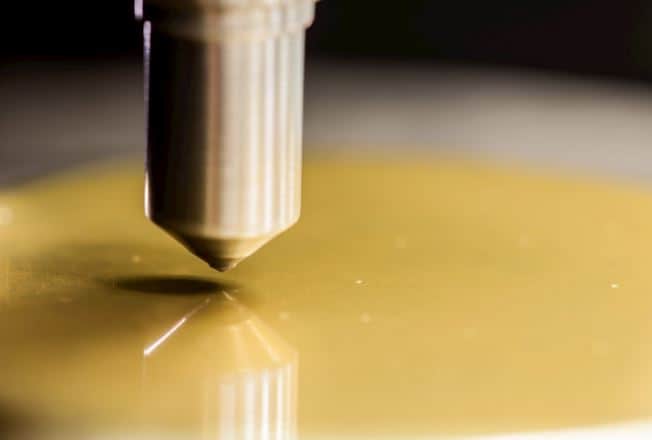
Hardness is defined as the ability to withstand friction and abrasion of the material and is a measure of how durable it is. It is the most poorly defined material property because it can indicate resistance to scratching, resistance to abrasion, resistance to indentation or shaping, or resistance to localized plastic deformation.
#2 Toughness
Toughness is the property of steel which is defined as its ability to absorb energy without fracturing or breaking. Simply put, it is the resistance of a material to fracture when stressed. It depends heavily on strength as well as flexibility.
The toughness of a material is usually measured in foot lbs, per sq, in or Joules per sq, centimeter. Steel may have satisfactory toughness under static load but fail under dynamic load or impact. It is indicated by hardness as a material that deforms severely without breaking, and it can be considered extremely tough but not hard.
#3 Yield Strength
Yield strength refers to the measure of the force required to initiate deformation (i.e. bending or warping) of a material. To put it in simple words, it is the peak force that is applied to an object before it changes its shape and structure. The yield strength is the important one that helps in choosing the suitable material for construction based on the requirement.
Read Also: What is Forging? Types, Operations & Advantages
#4 Tensile Strength
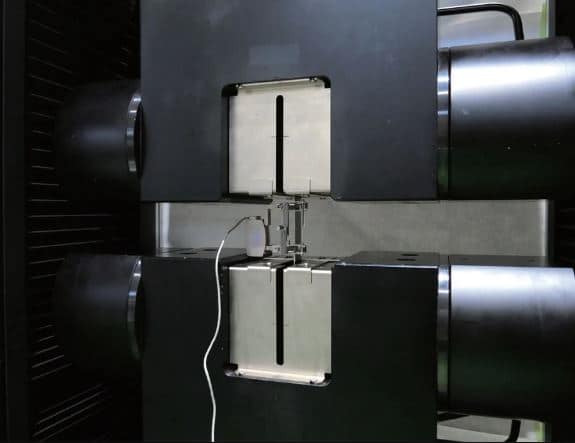
Tensile strength is defined as the measure of the force required to break a material. The tensile strength of steel is almost as high, which makes it relatively impervious to crack or break, which is important for its use in the construction of structures. A typical tensile strength for structural steel is 400 megapascals (MPa), while a typical tensile strength for carbon steel is 841 MPa.
#5 Ductility
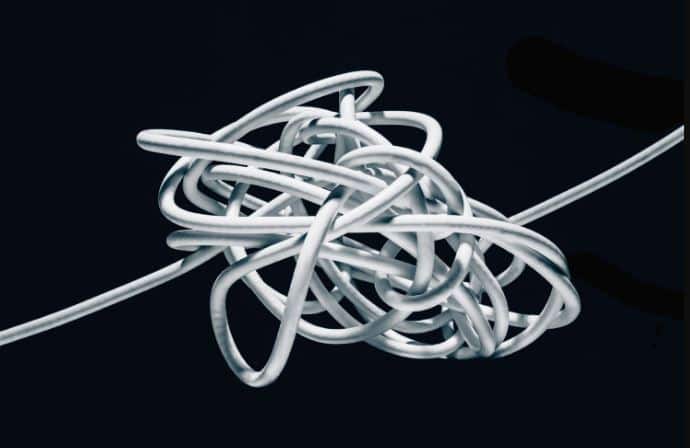
One of the valuable mechanical properties of steel is its ductility, which is its capacity to change shape under the influence of force applied to it in such a way that it does not crack. This is one of the most important mechanical properties of steel.
The property that makes it possible for it to be shaped into various shapes and structures is known as ductility. This allows it to be utilized as thin wires or as large automotive parts and panels, depending on the shape and structure.
#6 Durability
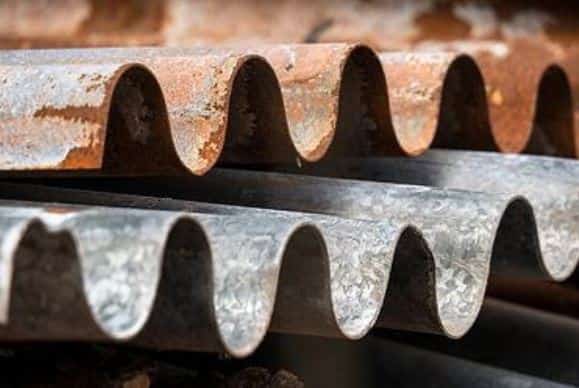
The durability of a metal refers to its ability to withstand abrasion, pressure, and damage over a long period of time. Steel is also a highly durable type of metal. Since steel is also strong and ductile, which makes it highly resistant to accidental damage.
Since steel is a compound metal, which is made up of iron and carbon in a particular combination, it is remarkably impervious to most components, making it perfect for areas such as coastal areas and cities that experience high winds, frequent storms, and challenging conditions.
Read Also: Types of Gear Cutting: Their Advantages and Disadvantages
#7 Malleability
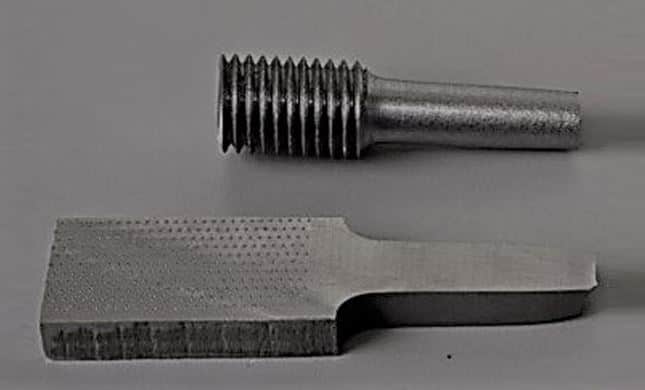
When metals are malleable, it means that they can be beaten, squeezed, or bent into thin or thick sheets without breaking, thereby indicating they have the physical property of malleability. Simply put, it is the property of a metal to deform under pressure and take another shape.
#8 Magnetic
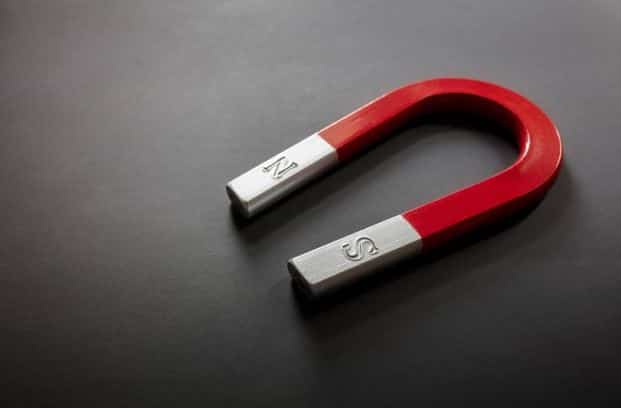
Steel is also a magnetic material, yet it depends on what type of steel is referred to. In the case of steel jars, for instance, the components that make up the jar are ferromagnetic such as iron, which is well attracted by magnets. Austenitic stainless steel does not act magnetically due to the high concentration of chromium and nickel.
#9 Thermal Conductivity
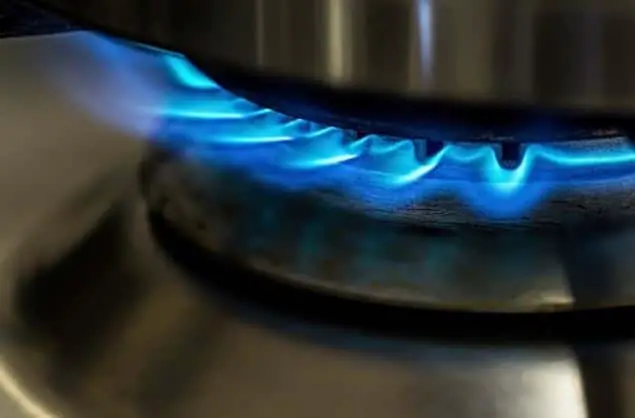
Thermal conductivity is the rate at which thermal energy is transported through a material. It is usually measured in watts per meter per degree Kelvin (W/(mK)). A high thermal conductivity material can transport heat fast and more efficiently than a low thermal conductivity material.
Carbon steel has very low conductivity as compared to aluminum. This is usually about 45 watts for every Kelvin per meter. Electrical conductivity at room temperature of about 6 million siemens per meter. It is the first physical property that determines the conductivity of steel.
Closing It Up
That’s it. Thanks for reading. I hope I have covered everything about the “Properties of Steel.” If I missed something, or if you have any doubts, let me know in the comments. If you liked this article, please share it with your friends.
Want free PDFs direct to your inbox? Then subscribe to our newsletter.
Download PDF of this article:
You might like to read more in our blog: